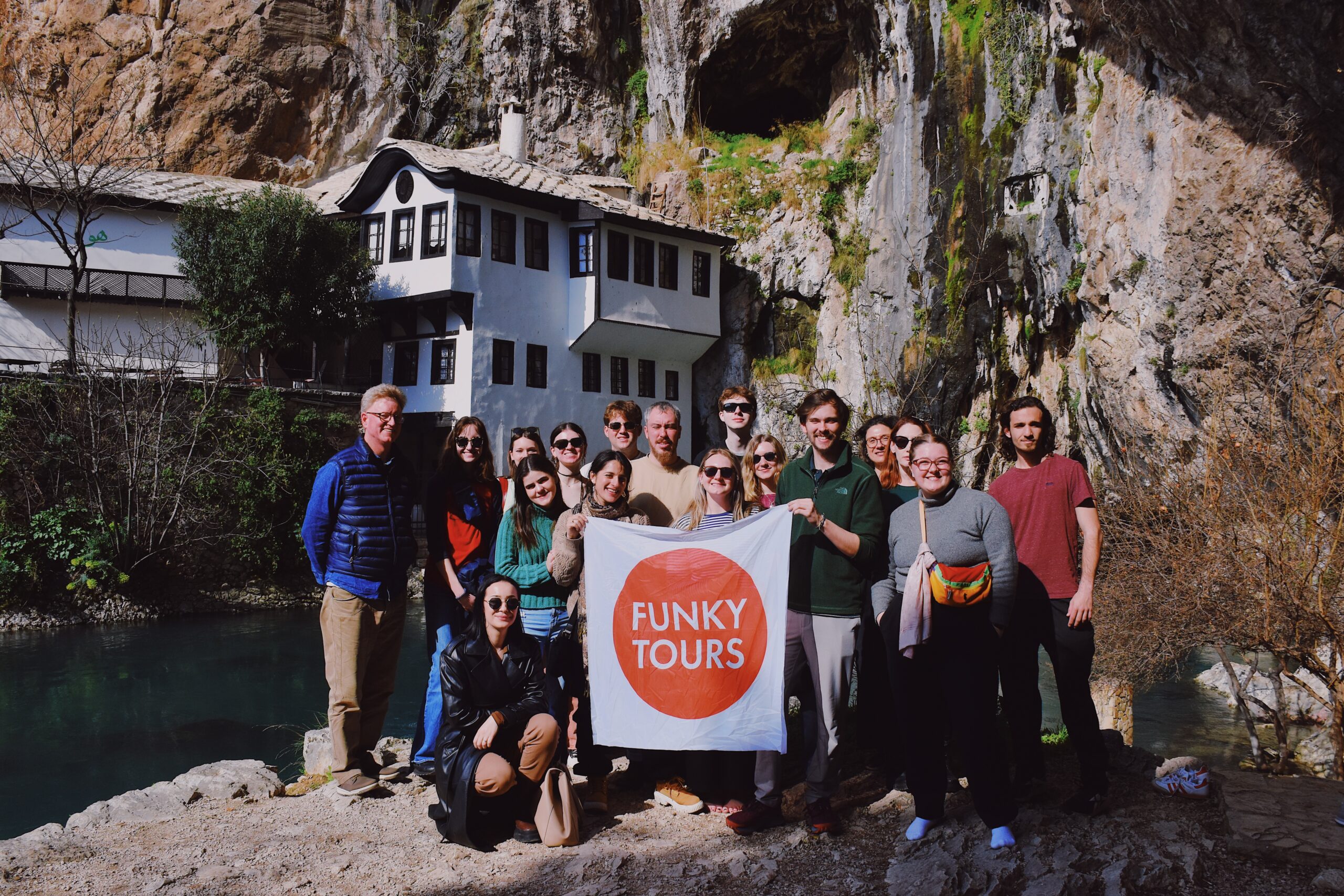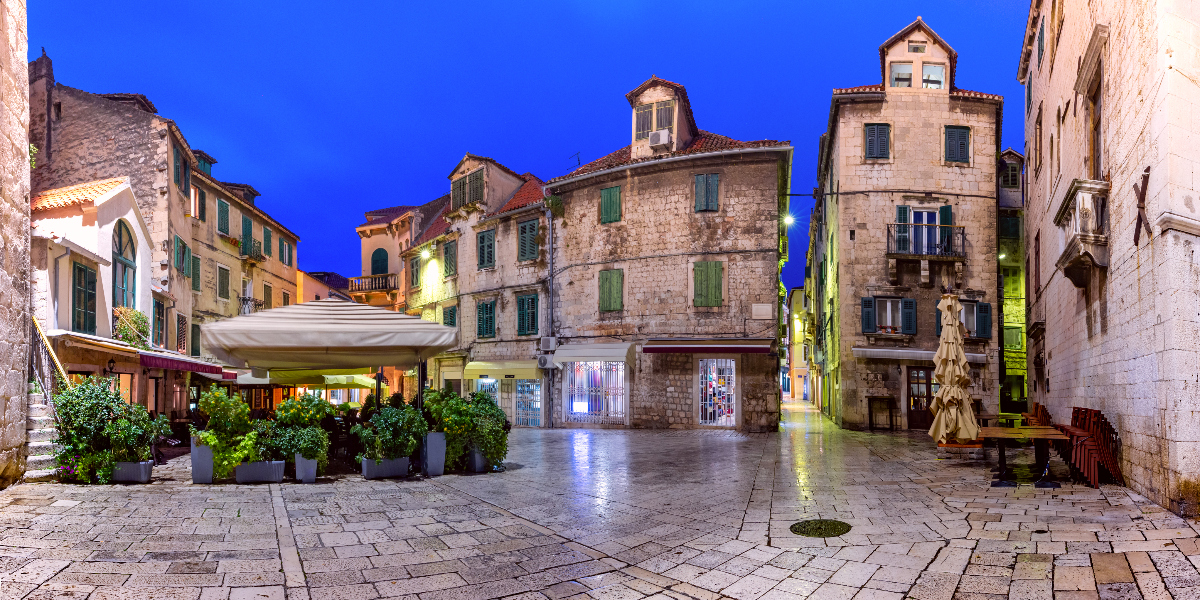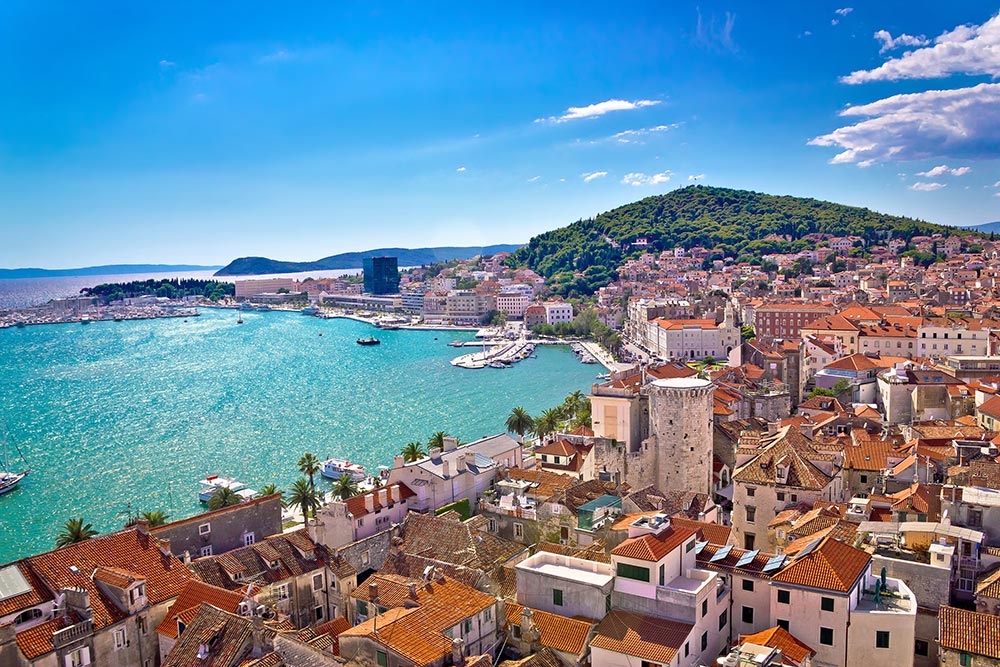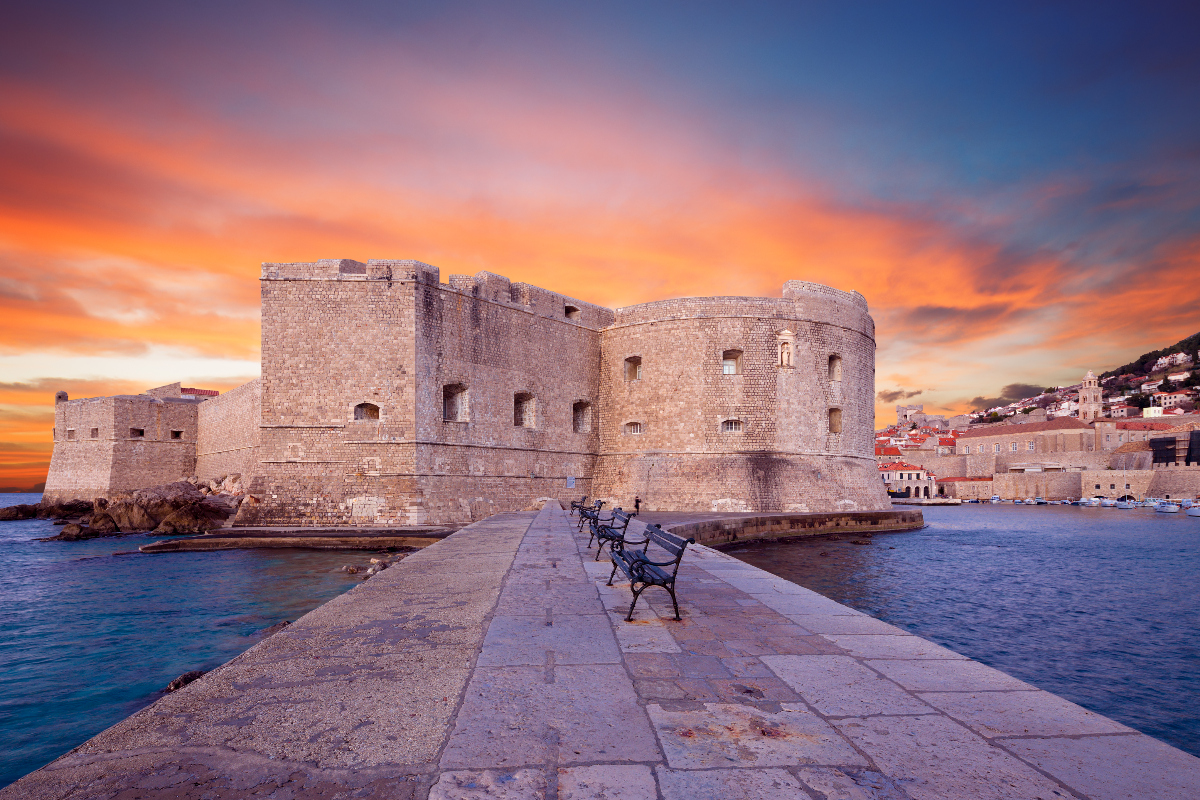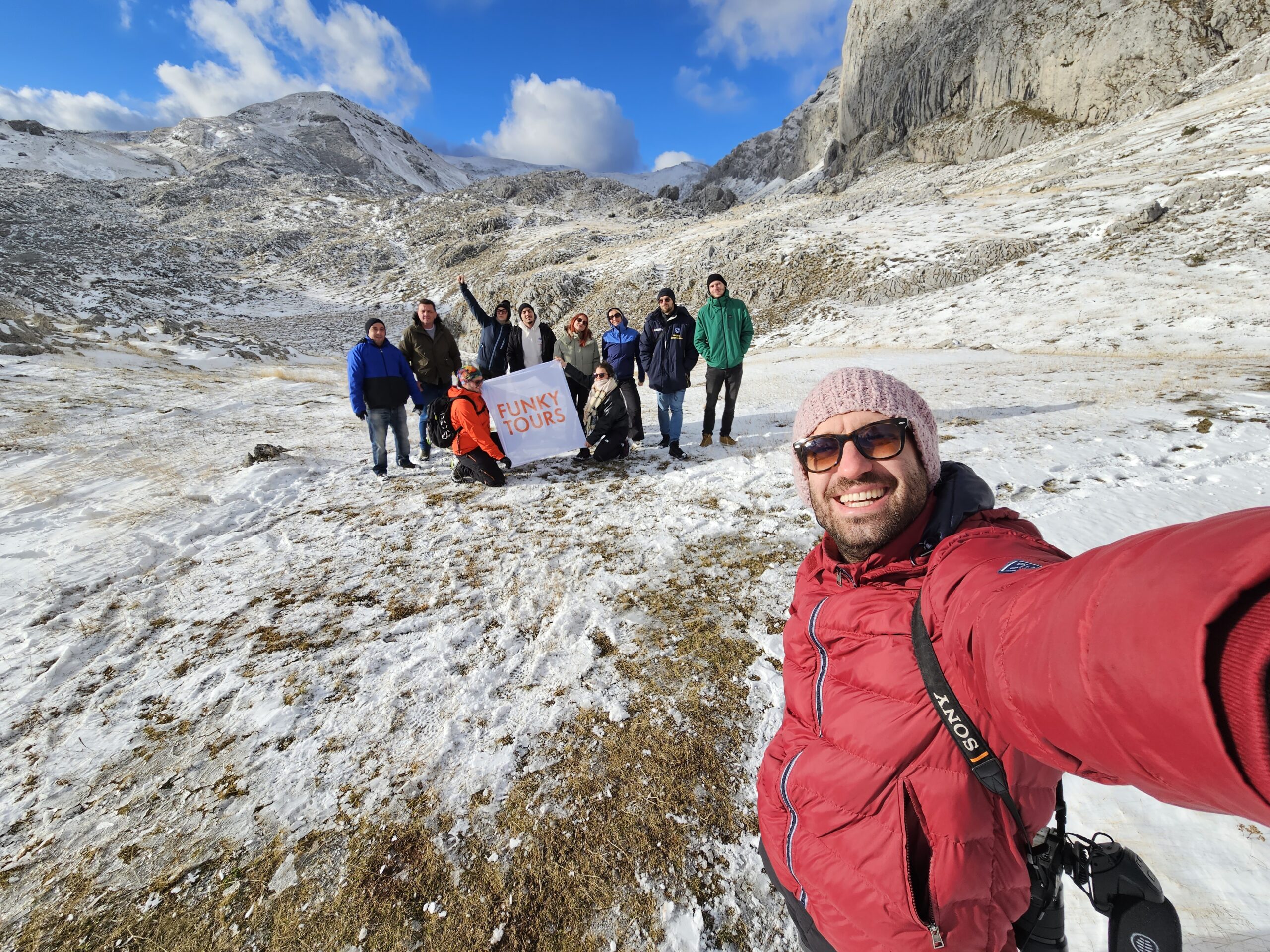Jewish Condiment in a Bosnian Pot
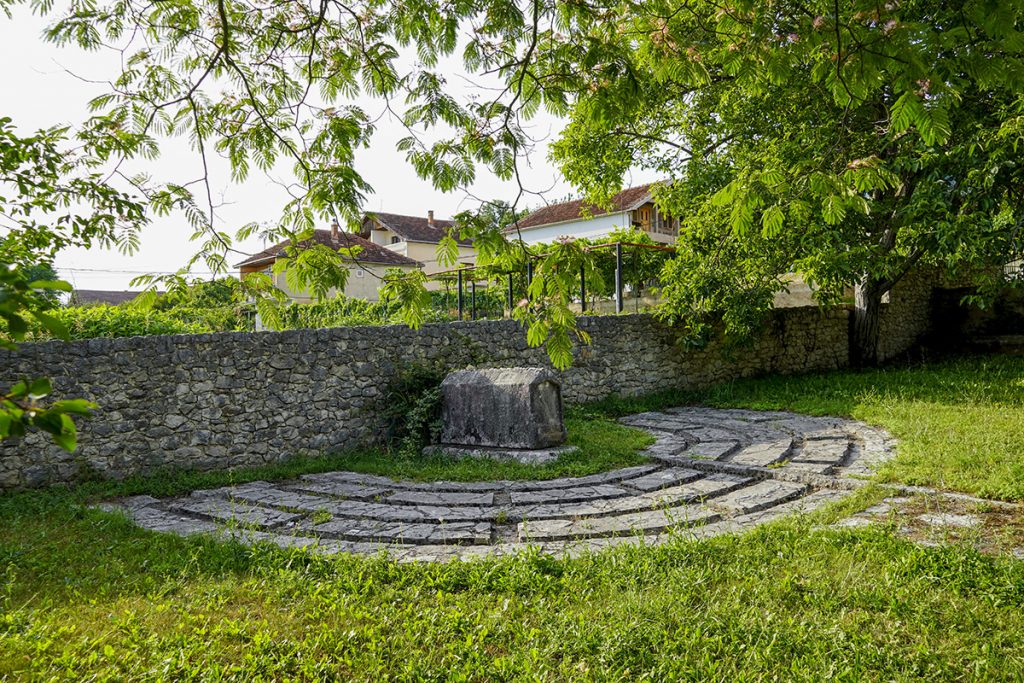
Bosnia – first thought on your mind would be a war. Someone else would think about the 1914 assassination that triggered WWI. Others would probably consider the 1984 Olympics as a historical moment easily related to Bosnia and its California (e.g. Herzegovina). In the end, multiculturalism and diversity are something very few people our country would relate to.
This kind of authenticity is the first “brick in a Bosnian wall” emphasized by the locals.
- The Jewish presence in Bosnia and Herzegovina can be traced all the way from 1565. Local Jews used to call Sarajevo “Little Jerusalem” (Latino: “chico Yerushalaim”).
- It is well known that Jews from all around the world celebrate Purim. However, Jewish community from Sarajevo have also their own Purim (Purim de Sarajevo) and their own Megila de Sarajevo.
- After a murder of a local Dervish Governor Mehmed Ruzdi Pasha imprisoned the Hahambasha (Jewish religious leader) Moshe Danon and twelve other prominent Jews and threatened to execute them if the Jewish community does not pay him 500 sacks of coins within two days.
- In order to release the detained men, 3 thousand Muslim men stormed to pasha’s konak (quarters) and sent a Mahzar (petition) to the sultan in Istanbul to inform him about pasha’s misdemeanour.
- Rav Moshe Danon vowed while in prison to travel to Jerusalem. He obliged his friends, in case he passes away somewhere during his journey, to bury him at that very place.
Expulsions → Migrations → Settling → Acceptance → Contribution
What triggered Jewish migration from the Iberian peninsula was an Alhambra decree. This act left no much choice for the non-Christians in Spain and Portugal. Those who didn’t convert had to flee. At first, they were settled in the coastal cities, and around the mid 16th century migrated towards the inland.
The Jewish presence in Bosnia and Herzegovina can be traced all the way from 1565. That was the first time Jews were mentioned in one judicial document. Ever since, until unfortunate times during WW2, they have mostly lived peacefully in coexistence with all “others”.
The Millet system in the Ottoman Empire tolerated freedom of religion for the “People of the book”, e.g. Christians and Jews. Comparing with the Europe of the same period, and their practice of ghettoisation of the Jews, this was more than acceptable reality. The first Jewish synagogue in Sarajevo makes a natural ensemble with neighbouring mosque, roman catholic, and old orthodox church. Taking everything mentioned in consideration, such a phenomenon can be found only more in Jerusalem. Therefore, it isn’t surprising why in a slang, local Jews used to call Sarajevo “Little Jerusalem” (Ladino: “Chico Yerushalaim”).

The Jewish presence in Bosnia could be traced from 1565, a year taken as the official regarding their settling. Soon, in 1581. the very first synagogue was built in the Jewish quarter. After so many years, we can discuss how did they get the firman for it.
It was against the Ottoman laws to build the non-Muslim sacral objects. Therefore, Jewish leaders probably went outside the law and used the services of the “good old bribe”. According to Sarajevan, Rabbi Eliezer Papo, Ottoman authorities probably had a point that breaking the law costs. Through further negotiations, they certainly made a deal. That was diplomacy in all of its glory, within the context of the 16th century.
Lesson in tolerance
Around the globe Jews everywhere celebrate Purim on the 14th of Adar to remember the saving of the Jews of Persia by a Jewish woman named Esther. On that day Jews are obligated to listen to the reading of the Megila Esther, the re-counting of the story how this Jewish woman saved the Jews from extermination.
What is less well-known is that Sarajevo Jews have their own Purim (Purim de Sarajevo) and their own Megila de Sarajevo. As the story goes in 1819, after a murder of a local Dervish, Ottoman Vali (governor) Mehmed Ruzdi Pasha imprisoned the Hahambasha (Jewish religious leader) Moshe Danon and twelve other prominent Jews and threatened to execute them if the Jewish community does not pay him 500 sacks of coins within two days. The Pasha accused them of the murder of the Dervish who was a convert to Islam.
The night before the organized execution was Friday night, the outset of the Jews’ Sabbath. Pious and dedicated Sarajevan Jew, Rafael ha-Levi, decided to divert local Muslim’s attention on what was about to happen. He violated the law of the Sabbath by wandering through every single of the 8 coffeehouses in the city. Afterward, when asked why all about, he explained and that triggered people’s disbelief and subsequent reaction.
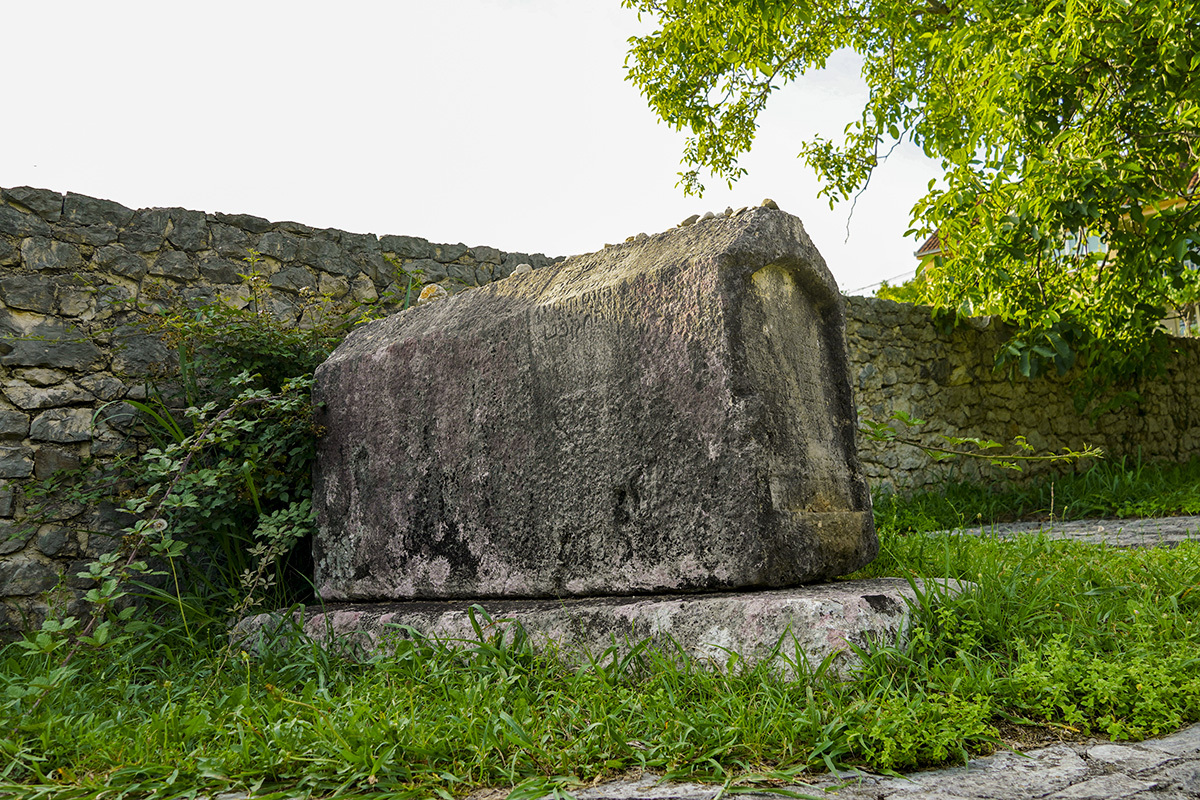
According to lore, 3 thousand Muslim men stormed pasha’s konak (quarters). Detained men were released, and Muslims proceeded to send a Mahzar (petition) to the sultan in Istanbul to inform him about pasha’s misdemeanour. The petition was signed by 249 prominent Muslim individuals.
Most importantly for the story, Rav Moshe Danon vowed while in prison to travel to Jerusalem. In case he dies on that journey, he obliged his fellows to bury him in that very place. His pilgrimage was commenced 11 years since these unfortunate events happened. The death came at village Krajšina near Stolac.
Life-changing Miracle
These unfortunate/fortunate events might have been forgotten as time passed. Fate had different plans whatsoever. In the following years, a set of miracles in the life of Moshe Rafael Attias, aka Zekki effendi Rafaelović, altered the history flow. A story we know is very miraculous. Rafaelović suffered from serious disease and decided to undergo surgery in Vienna.
As a pious person, prays for the total recovery were constant the whole time. On the very day of the planned surgery, the surgeon suddenly died. Rafaelović concluded he needs and he shall accept this as predestination.
Upon his come back to Sarajevo, he developed a high fever. According to him, “in one moment, his room was filled with light, music, and the sound of wings”. Ultimately, he saw late Rav Moshe Danon, who told him: “Our Lord, God of Abraham, Isaac, and Jacob has ordered your sufferings to end. I was chosen to be His messenger“.

Soon after that, Rafaelović felt better and reached full recovery. On the same day Rav Danon passed away, he went to his tomb near Stolac to pray and give thanks. He was a very influential person in Sarajevo and as a historian high educated. Attias studied Islam and medieval Persian literature as well and was a passionate interfaith advocate. In the following years, Zekki conducted serious research work to preserve and collect materials related to Moshe Danon.
Interviews with the people who personally knew Rav Danon were collected, and Danon’s memoirs as well as Mahzar. With the help of these Zekki’s efforts, the story of Rav Danon was saved from oblivion. As Bosnia’s Grand Mufti Husein Kavazovic said in a message read at the bicentenary of Sarajevo Purim: “Bosnian Muslims and Jews are a body, our bonds have been forged both in times of trial and in times of prosperity”.
Harmony of living as a legacy
Including Spain, Bosnia is the only European state that officially recognises Sephardic material and nonmaterial cultural heritage as its own. All Sephardic synagogues in Sarajevo were turned towards direction of the Makkah, same as all mosques. That stands as a representation of respect towards those who provided a shelter for the Jews when they needed it most.
Not just rabbi Papo, but many Bosnians, regardless of the religious background, do take Jews as cohesive part. Cohesive in meaning that if we imagine Bosnia as a somun (unique flatbread, very common in Balkan cuisine), Jews would be neither water nor flour, but rather black caraway seeds on it. Would that be the same somun without it? probably yes. Would it taste the same? Probably not.
2019. a celebration of the bicentenary of Sarajevo Purim was marked with the atmosphere of traditional coexistence and mutual respect. “Amid the ever-rising evil of anti-Semitism and Islamophobia … we are renewing our pledge that we will remain good neighbours who will watch over each other as we did in the past.” Grand Mufti said.
What we can learn from our past is the lesson that there wasn’t always hate in these areas. People were not always waiting for a chance to get some revenge. They have lived well, helped each other, and memory on that has to be preserved. Preservation of memory on Sarajevo Purim stands as the mutual task of both Jews and Muslims.
Zekki Effendi Rafaelović, a diligent Jew who’s the most guilty for the preservation of memory on Moshe Danon was buried at Jewish cemetery in Sarajevo in 1916. On the occasion of Purim bicentenary, his tomb was restored by the TIKA (Turkish development agency). The look of his tomb stands as proof and as just one of the many storytelling stone sleepers. It contains writing in three languages – Bosnian, Hebrew, and Ottoman Turkish.
Tomb in Stolac – “a Herzegovinian Wailing wall”
Moshe Danon’s tomb lies in Stolac for 201 years, and as a “stone sleeper” warns every passerby. Warns and sends a message of hope in which there’s no completely hopeless situation. Rabbi and his detained fellows in their prays weren’t expecting help from the “others”. These “others” ended up being “theirs” more than anybody else.
Each year in June, according to the Hebrew calendar on 20th Sivan, the Jewish Community of BiH organizes pilgrimage on a Danon’s tomb. During the interwar period, this tomb was the second most important Jewish pilgrimage site after the Jerusalem Wailing wall. Most of the European Jews were stopping here to pray and sought blessing before they continued the journey to Jerusalem. Fun fact to mention is during that time every sort of religious pilgrimage was known as Hajj. Whether that was Christian or Jewish in Jerusalem, or Muslim in Makkah. The Bosnian Jews were claiming they’re going to Ka’bah (central object in the Makkah’s main mosque) in Jerusalem. Usage of terminology was considerably more relaxed and open-minded, same as Jewish and Muslim bonds. These relations in Bosnia were, and they are still naturally intertwined.
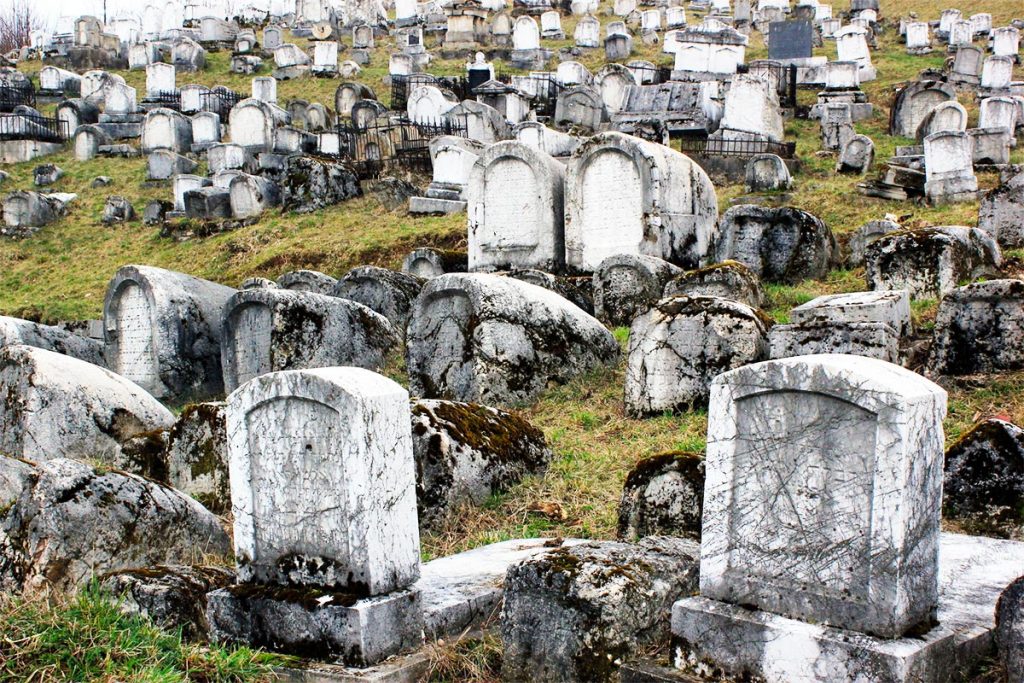
Mirsad, the oldest member of the Medar family, was paying attention and taking care of this sacred place. Medar is Stolac old Muslim family, and it is a family tradition to take care of the Danon’s tomb. After Mirsad’s death, a tradition wasn’t stopped. Medar family went through the same refugee experience 500 years after Danon’s ancestors were driven out from Spain in 1492. After returning to the home in 1997, the first thing was cleaning of the place
The look of the tombstone indisputably resembles the old Bosnian medieval tombstones – Stećci. Including this tomb, inside the complex of the pilgrimage site, we can find two other tombs. They belong to two Jewish soldiers who served the Austro-Hungarian army. Later on, nearby the tomb, the Jewish Community of BiH has built the Havra, a traditional place of mourning.

